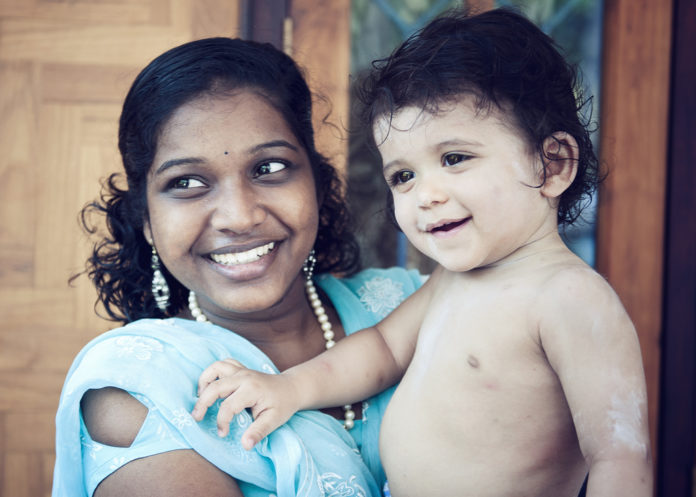The study analysed institutional deliveries in India between 2004-14 and saw most of the increase was in the public sector
India may have faced flak for years for its insufficient health spend but a study of institutional deliveries in India between 2004 and 2014 credits public health investments for the massive increase in institutional deliveries.
The study published in the journal Health Policy and Planning found utilization of institutional delivery care in India increased from 43% in 2004 to 83% in 2014. The bulk of the increase was in public sector use. While institutional deliveries in the public sector increased from 21% in 2004 to 53% in 2014, the increase in the private sector was at best, modest. It was 22% in 2004 and reached 30% in 2014.
“We conclude that public health investments in India have significantly contributed towards an equitable increase in the coverage of institutional delivery care. Sustained policy efforts are necessary, however, with an emphasis on education, sociocultural and geographical factors to ensure universal coverage of institutional delivery care services in India,” wrote the researchers led by those from , New Delhi. Researchers analysed data for 24 661 births from a nationally representative survey for 2004 and 2014.
Institutional deliveries are an indicator of status of public health because it is known to be the most effective means of controlling infant and maternal mortality rates. When babies are born in the hospital it not only ensures that the mother has a safe delivery given the easy availability of trained care givers and also support infrastructure but also the baby gets the best care. Right from simple issues like neonatal jaundice to any other complications can be swiftly handled. What’s more the vaccinations can start on schedule and trained people can brief the mother about the when and why to give vaccines.
Public health spend in India is less than 1% of the GDP. However some changes were attempted with the National Rural Health Mission in 2005 and these changes are a result of those systems put in place by the UPA government through its flagship health programme.
